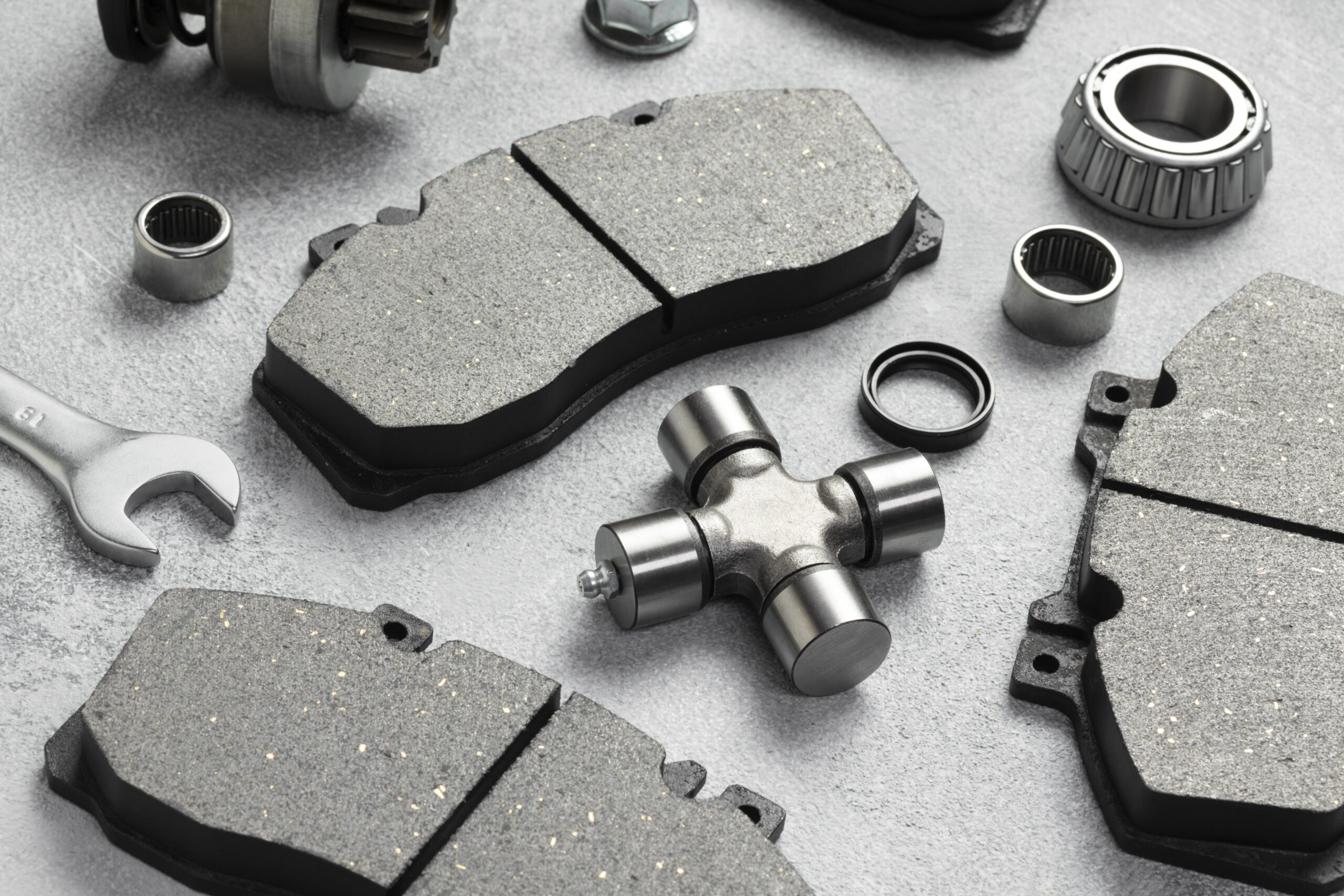DIY Brake pad replacement is a fundamental skill every car owner should have, as owning a car entails the responsibility of regular maintenance, with a crucial focus on ensuring your brakes are in top-notch condition. In this DIY guide, we’ll walk you through the step-by-step process of DIY brake pad replacement, saving you money and giving you the confidence to tackle this essential task on your own.
-
Gather Your Tools and Materials:
Before diving into the replacement process, make sure you have all the necessary tools and materials. These include a lug wrench, jack stands, a hydraulic jack, a C-clamp, a wrench set, and of course, your new brake pads.
-
Find a Safe Workspace:
Safety first! Park your car on a level surface, engage the parking brake, and wear appropriate safety gear, such as gloves and safety glasses. Ensure you have lots of space to work around each wheel.
-
Loosen Lug Nuts and Lift the Car:
Using the lug wrench, slightly loosen the lug nuts on the wheel of the corner where you’re replacing the brake pads. Then, use the hydraulic jack to lift the car off the ground. Once elevated, secure it with jack stands for added safety.
-
Remove the Wheel:
With the car securely lifted, fully remove the lug nuts and take off the wheel. This will expose the brake caliper and rotor, allowing easy access to the brake pads.
-
Unbolt the Caliper:
Locate the caliper – the component hugging the rotor – and use a wrench to unbolt it. Once removed, secure the caliper to the suspension using a piece of wire or rope to prevent strain on the brake line.
-
Remove Old Brake Pads:
Inside the caliper, you’ll find the old brake pads. Slide them out, taking note of their positioning. This is crucial for correctly installing the new pads.
-
Compress the Caliper Piston:
Before installing the new pads, use a C-clamp to gently compress the caliper piston. This step is necessary to make room for the thicker new brake pads.
-
Install the New Brake Pads:
Slide the new brake pads into the caliper, ensuring they align with the old brake pads’ positions. Double-check that the pads fit snugly into the caliper bracket.
-
Reattach the Caliper:
Carefully reposition the caliper over the new brake pads and secure it in place by tightening the bolts with your wrench. Ensure everything is well-fitted but not overly tightened.
-
Put the Wheel Back On:
Slide the wheel back onto the lug bolts and hand-tighten the lug nuts. Lower the car from the jack stands using the hydraulic jack and then tighten the lug nuts with the lug wrench.
Conclusion:
Congratulations! You’ve successfully replaced your brake pads. This DIY brake pad maintenance guide empowers car owners to take control of their vehicle maintenance. Regularly checking and replacing brake pads not only ensures your safety on the road but also extends the life of your braking system. As always, consult your car’s manual for specific instructions and recommendations tailored to your car’s make and model. Now, enjoy the peace of mind that comes with a well-maintained braking system and the satisfaction of a job well done.



